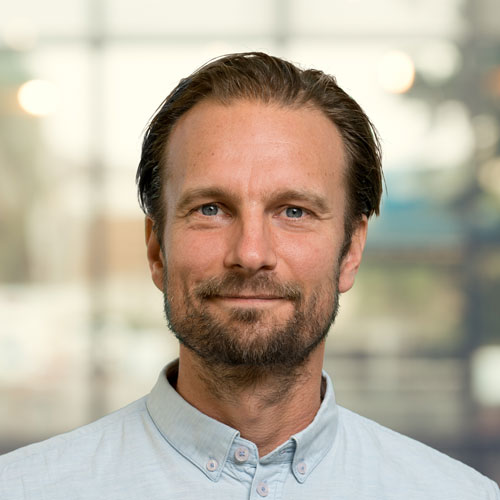Energy poverty and the energy transition
The energy supply of the future must be sustainable, reliable, affordable and fair. This is not yet so obvious to the 8% of Dutch households (around 650,000 households) that are more or less affected by energy poverty. They can barely pay their energy bills, are faced with cold homes and have to limit showering to a minimum; they do not have a sufficient, healthy living comfort. TNO explores the role of energy poverty in the energy transition in the Netherlands and makes three recommendations for tackling energy poverty: measuring and monitoring along with implementing a specific and integrated policy.
Download the white paper
Energy poverty and the energy transition
The success of the energy transition depends on societal support and acceptance. Some can afford to make his or her own home more sustainable by purchasing solar panels and a heat pump, while others lack the means to invest in sustainability.
Energy poverty is a widespread problem in Europe: between 50 and 125 million inhabitants cannot afford good thermal comfort indoors. Insufficient money for heating, lighting or cooking often leads to other problems. The European Commission recommends that all Member States monitor energy poverty and make plans to decline or preferably erase it. The Netherlands does not currently have a specific policy for this.
A broad set of indicators and frequent measures
Energy poverty takes many forms. TNO therefore advocates the use of a set of indicators to determine whether this is the case. Indicators include for example a certain percentage of a household’s income that is spent on energy, arrears in payments, only partial heating of the house and the energy label.
Each indicator has a number of levels, such as A to F for the label or the different gradations of energy debts. By measuring a selected set of indicators on a regular basis, it is possible to determine whether and to what extent households face energy poverty and whether progress is being made over time to reduce energy poverty. In addition this monitoring can help municipalities or housing corporations to take specific actions.
Facilitate learning and knowledge transfer
So far, a methodical approach to measuring, monitoring and combating energy poverty has been non-existent at national level. Many municipalities are already very active though, when it comes implementing policies to combat energy poverty. Provinces also contribute actively to municipalities by drawing up multi-year programmes, commissioning research and supporting projects.
At the same time, such a situation causes a dispersed set of solutions, without a central point of information for municipalities. This is why TNO and its partners organise exchanges of knowledge and experience to learn from each other, for example, municipalities pat of the G40, the network of municipalities with a population of over 100,000.
Pursue integrated and specific policies
TNO concludes that part of the national Dutch policy is too general to help energy poor households. Energy poverty policy should be created and integrated with that of social, health, energy and the built environment polices. Energy poverty policy then provides direction to the way in which the housing stock can be made sustainable and which priorities are needed in the area of renovation.
Monitor the experiences of those affected by energy poverty
In addition to gathering quantitative data, it is important to monitor how energy poverty affected households, are influenced by policies in their daily practice. This can be done by talking to them directly by setting up panel studies, selecting specific target groups of households and conducting longitudinal interviews. Active monitoring shows how policies are experienced and provides insides to what extent specific objectives are being achieved.
